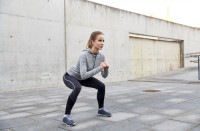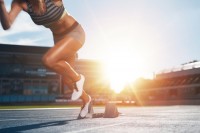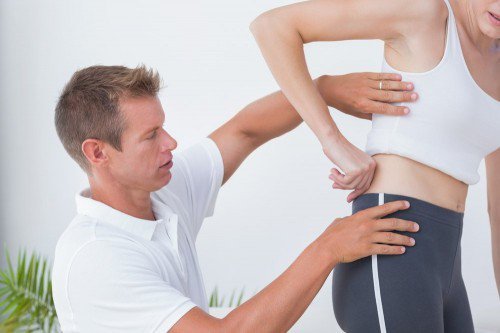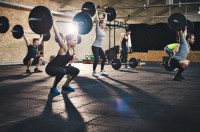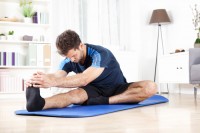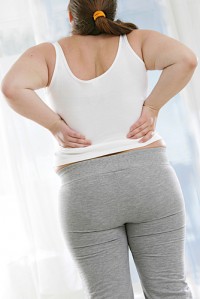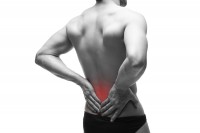Should you need to stretch?
In an ideal world NO, You should not need to stretch – unless you participate in an activity that you hold no recent muscular conditioning for.
The most common reason people find themselves so reliant on stretching is due to holding muscular imbalances. These muscular imbalances cause certain muscle groups to carry the majority of the load (either physically activity or just daily movement), whilst other muscle groups are not able to support due to the biomechanical change caused from the imbalances.
A common example is the runner who gets extremely tight calfs, quads and hip flexors. Weak gluteus maximus, hamstrings and adductor muscles allow the pelvis to anteriorly tilt forward which in turn shortens the hips flexors and quad muscles. As the person runs with all their weight forward of their midline, their calf muscles are having to work harder and harder to maintain the body in an upward position, hence resulting in excessively tight calfs, quads and hip flexors at the end of the run.
The runner diligently stretches, applies heat, foam rollers each night in an attempt to loosen off the tension so they can get out and run again the next day. Unfortunately this becomes a daily ritual purely because the muscular imbalances are never addressed.
A targeted exercise regime that focuses on eradicating tension to the quads, hip flexors, whilst strengthening the gluteus maximus, hamstrings and adductor muscles over time would eradicate the postural imbalances that lead to the continuous need to stretch.
A strong and balanced posture maintains good pelvic stability when you run, allowing the load and impact to distribute evenly through all the muscles of the body, most importantly to the posterior muscles that are designed to assist when running.
With the correct muscles carrying the load, the previously overloaded muscles all of a sudden feel so much less fatigued and tight after every run. Initially the correct muscles will be tight and fatigued as the are yet to be conditioned due to the extended period of not doing their part.
Once the runner builds conditioning with their perfectly symmetrical posture the desire or need to stretch becomes redundant.
The very same thing applies to the person who suffers from lower back pain. They go home each night and stretch, apply heat and foam roll just to loosen up their tight back.
No different to the runner, if the back suffer addresses the underlying cause and strengthens their postural muscular imbalances, they will eradicate their back pain and eliminate the need to stretch out their back each night after work.
In summary, if you maintain perfect postural symmetry, then all of your muscles are working at their optimal length. The correct major muscles of the hips and trunk are carrying the load and impact of all your human movement. To eradicate pain and the need for unnecessary hours spent stretching each week focus on addressing the underlying imbalances present in your body.

